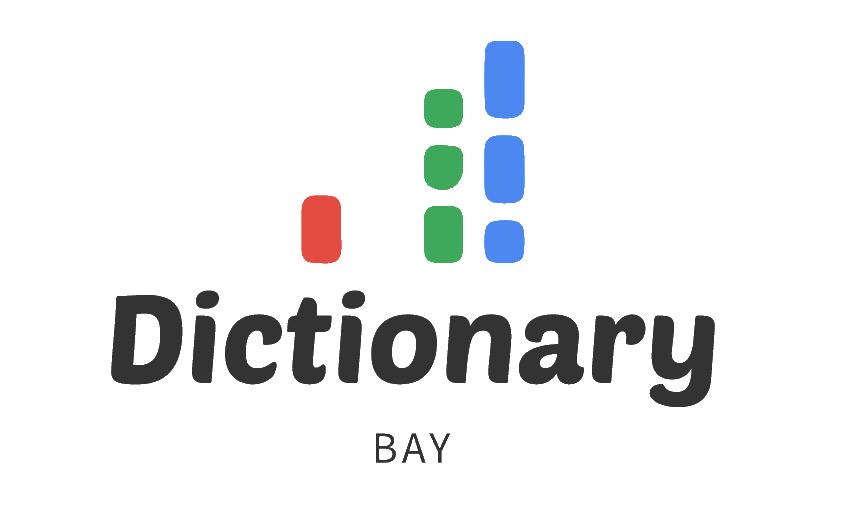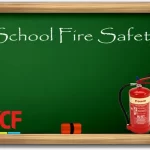Our planet is at a critical crossroads. Environmental concerns have never been more vital, and there is a pressing need for action. As stewards of the future, teenagers are crucial to this effort. Educating and empowering them about sustainable product lifecycles can lead to a greener, more sustainable future.
Understanding Sustainable Product Lifecycles
Product lifecycle refers to the stages a product undergoes from its inception to its disposal. Traditionally, this lifecycle has a linear structure: manufacture, use, and disposal. But this model promotes waste. An alternative exists: the circular, or sustainable, product lifecycle. A comprehensive guide on sustainable product lifecycles explains it thoroughly. Here, products are designed and used in a way that minimizes waste, conserves resources, and promotes recycling and reuse.
The Role of Teenagers in Sustainable Product Lifecycles
Teenagers are instrumental in advancing this new product lifecycle. They’re not just the consumers of the future; they’re future policy-makers, educators, and industry leaders. They have a unique opportunity to shape the world’s sustainability landscape.
However, to do this, teenagers need the right tools and knowledge. They need to understand the importance of sustainable product lifecycles, why they matter, and how they can contribute. An excellent starting point is this interactive resource that simplifies complex environmental concepts.
The Importance of Education
Educating teenagers about sustainable product lifecycles begins in the classroom. Educators can introduce the concept, highlight the problems with the traditional model, and discuss the benefits of a circular economy.
Moreover, the education shouldn’t stop at school. Parents can reinforce these lessons by encouraging sustainable practices at home. For instance, they can talk about recycling, composting, and waste reduction.
Encouraging Practical Application
Understanding the concept of sustainable product lifecycles is one thing. Putting it into practice is another.
Teenagers need opportunities to apply their knowledge. Schools can organize initiatives like recycling drives or workshops on repairing and reusing items. Similarly, teenagers can undertake personal projects, like starting a compost pile or creating art from recycled materials.
Extended Producer Responsibility: A Key Factor
Extended producer responsibility, or EPR, plays a vital role in the sustainable product lifecycle. EPR is a policy approach under which producers bear significant responsibility for the treatment or disposal of post-consumer products. This includes a financial responsibility. You can find out more about EPR and its implications at extended producer responsibility.
Conclusion: Taking the Initiative
The journey to a more sustainable world begins with a single step. Educating teenagers about sustainable product lifecycles and encouraging them to put their knowledge into action is a crucial part of that journey.
Let’s empower the next generation. Let’s make them aware of their role in fostering a sustainable future. Let’s encourage them to think about the lifecycle of the products they consume. A more sustainable world isn’t just a dream. With the power of knowledge and the drive of the next generation, it can be a reality.
Further Reading
For those interested in learning more about this important topic, this comprehensive guide on sustainable living is an excellent resource. It provides practical tips and suggestions to help teenagers contribute more effectively to a sustainable future.


